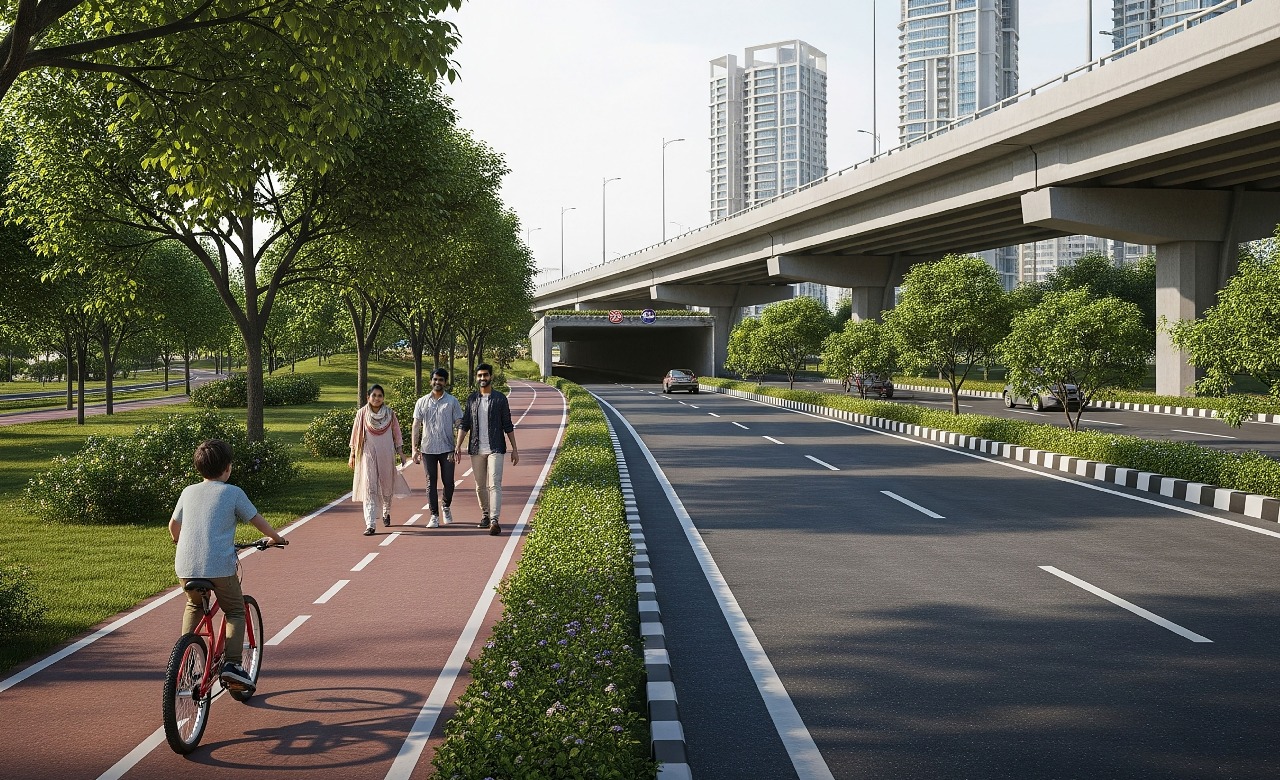The Geography of Aspiration Is Changing
For years, the idea of a “prime location” in NCR was limited to city-center zip codes—the closer to Connaught Place, South Delhi, or Sector 18, the better. But now, a new pattern is emerging. Professionals, families, and investors aren’t just looking inward. They’re looking forward. And what they’re finding is opportunity—not in the heart of chaos, but just beyond it.
Welcome to the age of suburban power corridors—zones like NH-24 that were once peripheral, but are now pivotal.

We really did have a blue bird day in Lauderdale as we tacked back and forth in a small chop, chocolate croissants in hand—oh là là!
Neil Gaiman
TouristWhat’s Driving the Shift?
There’s no single reason—it’s an evolution born from multiple forces working together.
- Connectivity That Levels the Playing Field
With expressways, flyovers, and regional rapid transit systems coming online, the physical gap between the “centre” and the “edge” is vanishing. Take NH-24: once viewed as a distant stretch, it's now minutes from East Delhi, seamlessly linked to Noida and Greater Noida, and directly connected to central NCR through the Delhi–Meerut Expressway and the RRTS corridor.

- Infrastructure That Comes First—Not Last
One of the key differences in today’s suburban growth corridors is planning. Earlier, housing came first and infrastructure played catch-up. Now, the reverse is happening. Areas like NH-24 are being built with foresight: multi-lane roads, service lanes, parks, underpasses, and utilities are part of the blueprint—not an afterthought. - Affordability with Upside Potential
For homebuyers and investors alike, these emerging corridors offer better layouts, greener environments, and newer construction—without the price tag of overbuilt urban zones. And yet, the appreciation trends are competitive, if not better. Growth here is organic, not speculative. - Work Is Becoming Location-Agnostic
As hybrid work models become the norm, the obsession with staying within a 5-km radius of your office has declined. People are now choosing neighbourhoods based on lifestyle, not just logistics. Suburban corridors allow for this flexibility—offering space, air, and serenity without sacrificing access.
NH-24: A Case Study in Smart Expansion
What was once a transit route has become a self-sustained ecosystem. NH-24 today is home to major educational institutions, healthcare centres, retail destinations, and large-scale residential townships. And with the corridor seeing ongoing upgrades—both in public infrastructure and private development—it’s fast maturing into one of NCR’s most promising residential belts.
This is precisely why Civitas has chosen NH-24 for its upcoming residential development. It’s not a reaction to trend—it’s a response to long-term potential. When you choose a location that’s thoughtfully evolving, you don’t just invest in a home. You invest in a future.

Rewriting the Urban Playbook
The definition of centrality has changed. Today, a “central” location isn’t about geography—it’s about utility, access, and promise. The edges are no longer waiting to catch up—they’re quietly pulling ahead.
And for those who recognise it early, this shift isn’t just smart—it’s strategic.

